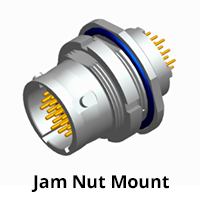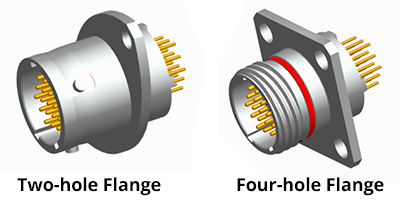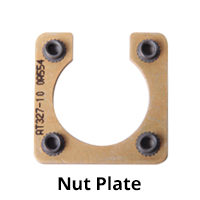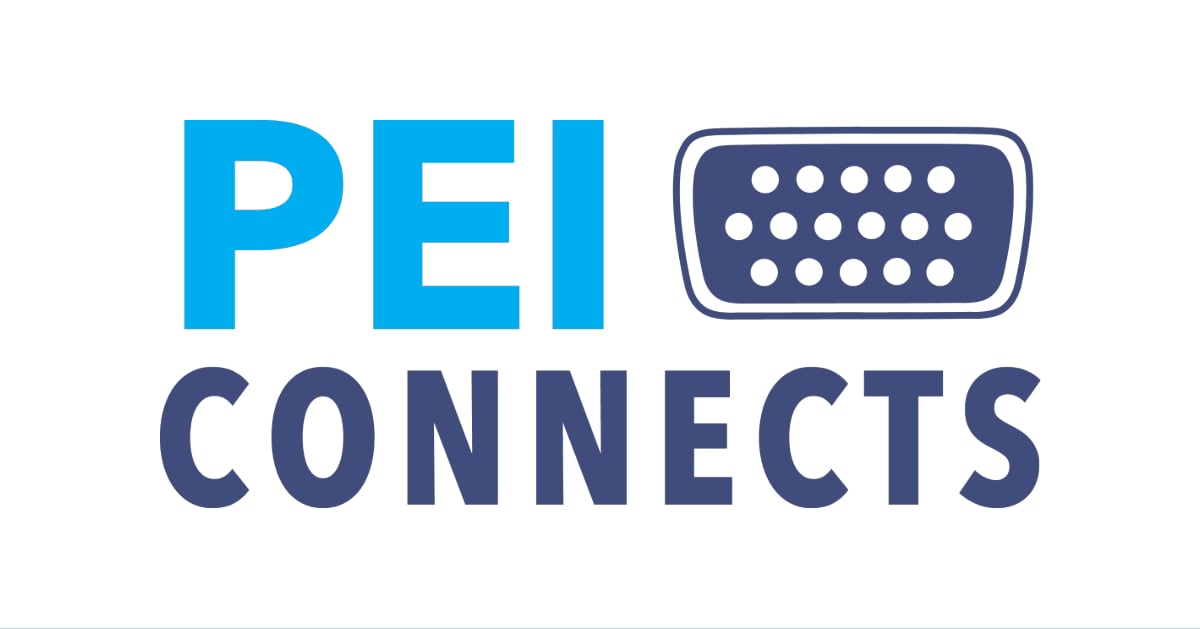Engineers, far too often, consider the integration of connectors into a design to be an end-of-project question. This delayed decision can leave design engineers in a difficult position as they rush to make last-minute changes and adjustments to accommodate a connector. Such design changes are almost invariably costly in terms of both time and budget.
The Importance of Connector Mounting Type
Connectors are an essential part of electronic projects of all sizes, making it important to understand what connectors are available on the market and the specification considerations involved in choosing one. Among the key considerations when specifying a connector is the mounting type (mounted connectors are also known as a receptacle/panel mount connector). The choice of connector mounting type depends on two factors: how the connectors are mounted and what they will be mounted to.
Circular Connector Mounting Types
The two most widely used circular connector mounting types are jam nuts and flange mounts. While they can both be used to secure the connector to a panel, box, or wall, they each have different characteristics to enhance your design and its usability.
Jam Nut Mounts
A jam nut, uses a large hex nut (jam nut) to screw onto the connector’s threads and is used in applications with space constraints. The connector is mounted into a round panel hole from the rear. The shape of the jam nut receptacle is round with one flat side (resembling the letter “D”) and prevents the connector from falling through the hole or spinning in circles when mating the connectors or fastening the jam nut. The jam nut is screwed onto the front of the connector to secure it to the panel, box, or wall, securing and tightening the connector (and can be semi-permanently installed via Loctite if needed). In addition, jam nut receptacles often include an O-ring, which seals the connector to the panel, box, or wall.
The connector is mounted into a round panel hole from the rear. The shape of the jam nut receptacle is round with one flat side (resembling the letter “D”) and prevents the connector from falling through the hole or spinning in circles when mating the connectors or fastening the jam nut. The jam nut is screwed onto the front of the connector to secure it to the panel, box, or wall, securing and tightening the connector (and can be semi-permanently installed via Loctite if needed). In addition, jam nut receptacles often include an O-ring, which seals the connector to the panel, box, or wall.
Flange Mounts
In a flange mount, the connector’s shell has a square or oval flange with either threaded or clearance mounting holes. The mounting holes are for nut screws that secure the connector to a panel, box, or wall and come in two configurations: a two-hole flange with holes at the top and bottom or a four-hole flange with holes at each corner.
Flanged receptacles are designed for wall mounts, box mounts, and thru-bulkhead-style connectors. A wall mount has a standard receptacle with a flange for front or rear mounting through a panel or bulkhead and includes accessory threads to accept a backshell. On the other hand, a box mount has the same flanged design as wall mounts but is not equipped with accessory threads. Also, unlike the wall mount receptacle, it is best for confined spaces because of its compact rear profile. Finally, a thru-bulkhead flange mount is used to feed circuits on bulkheads or panels and includes a receptacle on both ends of the shell.

Nutplates for Flange Mounts
A nutplate can be used as an accessory for flange mounts to secure flange-mounted receptacles to a panel and consists of a flat metal bracket containing two or four captive nuts. The bracket is typically an aluminum alloy with Alodine® plating with steel nuts that are alloy-plated with cadmium.
A nutplate uses one plate instead of small loose screw nuts, which is ideal for applications where losing the screw nuts can be detrimental. It also eliminates the challenge of working with loose nuts in a confined area. In addition, a nutplate distributes the screw tension across the back of the panel, wall, or box and its “C” shape design allows the nut plate to be slipped over the wire bundle just before mounting.
PEI-Genesis: Helping You Find the Right Mounting Type
At PEI-Genesis, we understand the challenges of finding the right type of circular connector mount for your design. Our team of connector experts can help you determine the type of mount and options needed for your design, whether it be the compact design of a jam nut mount or a flange mount with a nutplate to avoid losing screw nuts.











